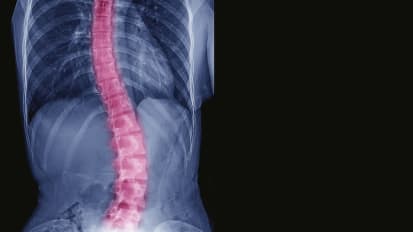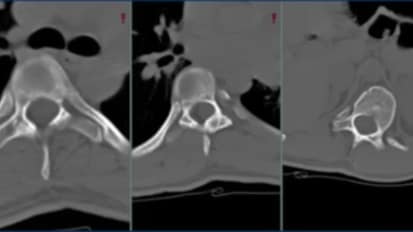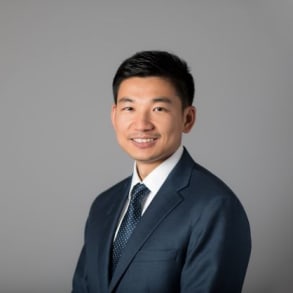Related Videos
 Video
Video
Cervical and Thoracolumbar Spinal Deformity Treatment Strategies, Part I: Historic Review
Lee A. Tan, MD, provides a review of past and current treatment strategies for spinal deformities, including breakthroughs such as Intraoperative neurophysiological monitoring.
 Video
Video
Cervical and Thoracolumbar Spinal Deformity Treatment Strategies, Part II: Radiographic Parameters
Dr. Lee Tan reviews cervical deformity radiographic parameters, including cervical lordosis, C2-7 sagittal vertical axis, chin-brow vertical angle, T1 slope, thoracic inlet angle and neck tilt.
 Video
Video
Cervical and Thoracolumbar Spinal Deformity Treatment Strategies, Part III: Case Examples
Lee Tan, MD discusses three recent cervical spine and thoracolumbar spinal deformity cases and the surgical interventions used to treat these diverse conditions.
 Video
Video
Minimally Invasive Spine Surgery: State of the Art and Future Directions
A neurosurgeon who specializes in spines describes the technique and benefits of state-of-the-art minimally invasive spine surgery (MISS), presenting six case studies that show when MISS is a great option and when open surgery is required.



